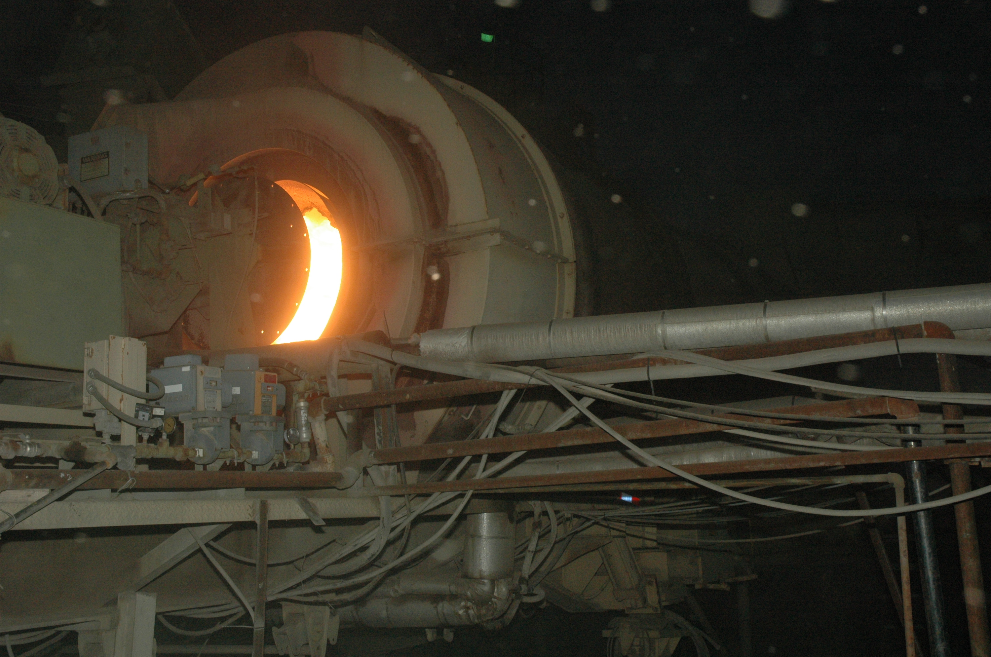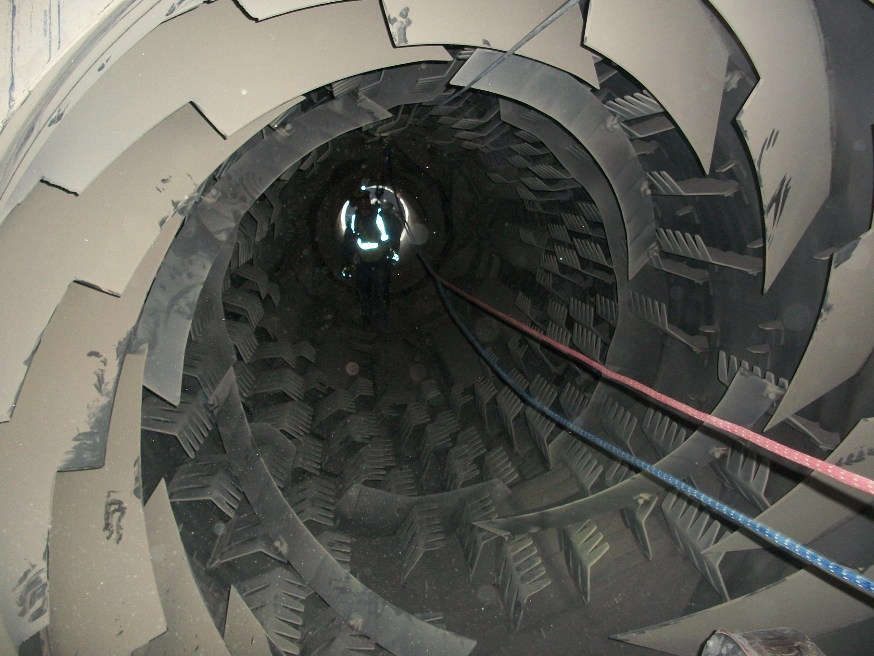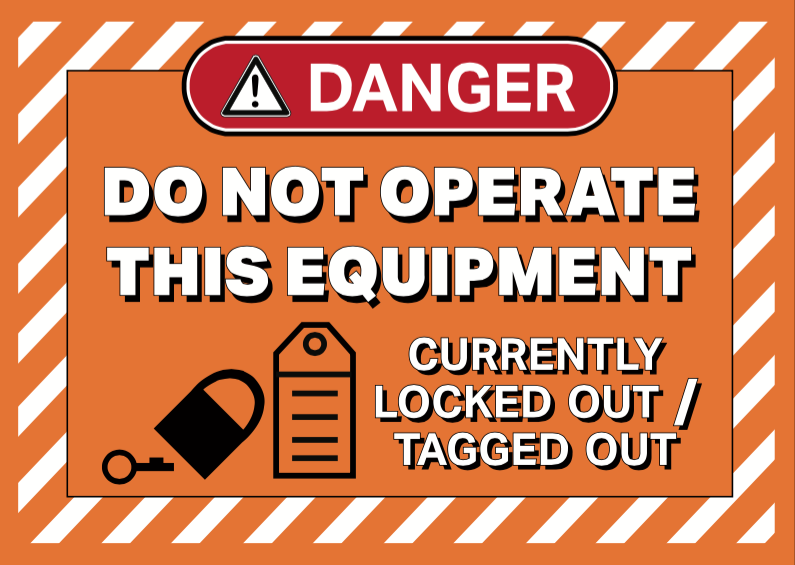Lock Out/Tag Out For Safe Plant Maintenance
BY AsphaltPro Staff

With the number of moving parts and many pieces of heavy machinery at an asphalt plant, employees must be on alert for safe operations at all times. Even when moving parts stop, safety should be top of mind.
Susan Lasser, J.D., prepared an article for Products Liability Law Daily Dec. 16, 2014, that included the horrifying background story of an asphalt plant employee in South Carolina who “was fatally injured while performing maintenance on…a pugmill.” The story explains that the gentleman was inside the pugmill to clean the paddles when a co-worker mistakenly started the equipment. Because the pugmill had not been locked out or tagged out, the accidental activation went through. The gentleman died from his injuries, leaving behind a disabled widow.
The story doesn’t tell of the continuing horror the plant operator must be living with.
Plant owners can help their workers avoid such devastating accidents, but it’s not as simple as providing new employee orientation and a bi-lingual safety manual. Consider the points of maintenance where—and when—safety needs extra attention.
“Injuries occur most often when people take risks to fix a plant after it breaks,” Steve Jackson of N.B. West Contracting, Brentwood, Missouri, said. “People may ignore their training because they can take a risk and get a plant going quicker if they don’t get a harness or lock out a breaker.”
Rushing to get a quiet plant back up and running creates an environment of stress and danger. The same is true of starting a reluctant burner. You want to get going, get production, get tons out the gate, but you can’t sacrifice safety.
For most burner situations, the preventive is the cure. Bo Morrell, the plant manager for Joseph McCormick Construction Co. Inc., Erie, Pennsylvania, said his team tunes the burner every spring. They keep fugitive dust from blowing around the burner ring. They perform all maintenance work when the gas is off and proper lockout/tagout procedures are met.
If they have any trouble codes on the burner controls, they address those immediately. Morrell stressed that you never want an employee near the burner when there’s a flame signal. “We work it from the tower,” he said.
That’s another safe maintenance point to consider, according to A.J. Ronyak, the proprietor of Odor Solutions Group, Phoenix, Arizona, and a plant operations consultant. He said there should be no personnel just walking around the plant site until it’s maintenance time. “You need an experienced ground guy walking around at least three times a day,” he said.
You obviously won’t shut down and lock out your entire asphalt plant three times a day, but Ronyak explained that the ground guy who knows what he’s doing isn’t reaching over moving conveyors or into “live” electrical cabinets. “A seasoned guy won’t walk behind the feeds.”

Oldcastle Materials Safety Director Skyler Willard explained that employees for the company were highly likely to use a new and innovative safety device because they had developed it. Photo courtesy NAPA.
The ground man’s purpose for walking the plant three times a day is routine maintenance. He’s checking things out, looking at potential problem areas. He’s doing so with caution, wearing the appropriate personal protective equipment (PPE) so that vendors such as AC delivery drivers and the wheel loader operator can see him clearly. He’s also aware of his surroundings and the hazardous areas of the plant. As Ronyak stated, seasoned ground personnel won’t venture into areas near the feed bins where stray material can bounce or overflow onto them. They won’t look at silo gates during plant operation whether a haul truck is in the vicinity or not.
These safety measures may sound like common sense to the veteran plant manager, but they may be new information to a first-year plant operator or maintenance tech. Newer employees and employees returning to the plant after their first winter away can benefit from a refresher in a safety discussion when it comes to routine and emergency maintenance procedures. Shortcuts too often result in injuries. Ignorance of proper procedure—such as lockout/tagout—too often results in tragedy.
The safety discussion also gives employees the chance to get invested in their safety. As reported in the October edition’s Keep It Up column, Oldcastle Materials Safety Director Skyler Willard explained that employees for the company were highly likely to use a new and innovative safety device because they had developed it. The team at Oldcastle Materials—Montana Companies, based in Helena, Montana, had won a national safety award for developing an asphalt drum non-entry rescue system to be used during plant maintenance. Willard said, “It’s empowering for our employees to come up with a solution…Because it was their idea, chances of someone using it are 100 percent.”
When you prepare to perform any type of maintenance, whether it’s planned or an unwelcome surprise, take the time for lockout/tagout. Take the time to inform someone that a member of the crew will be in harm’s way. Use the buddy system so a colleague is aware of the ground personnel or mechanic’s location and actions. Put an extra sign on the control panel in the control house or on the operator’s station of a piece of equipment so no one can mistakenly work around the lockout.
Above all, institute and practice safe protocol for routine maintenance so the steps are second nature when unplanned maintenance occurs. You don’t want a simple maintenance emergency to turn into a medical emergency for a co-worker. Plant parts can be replaced; a human life cannot.

